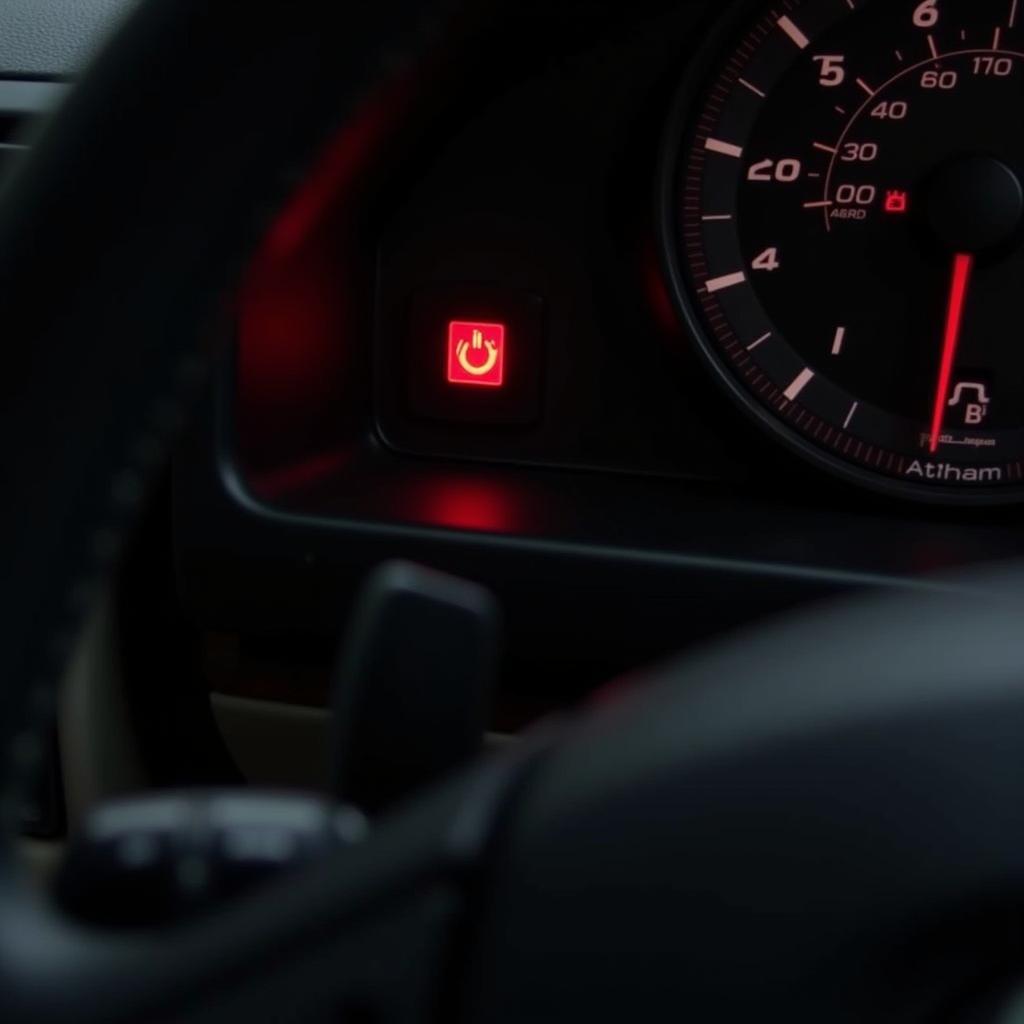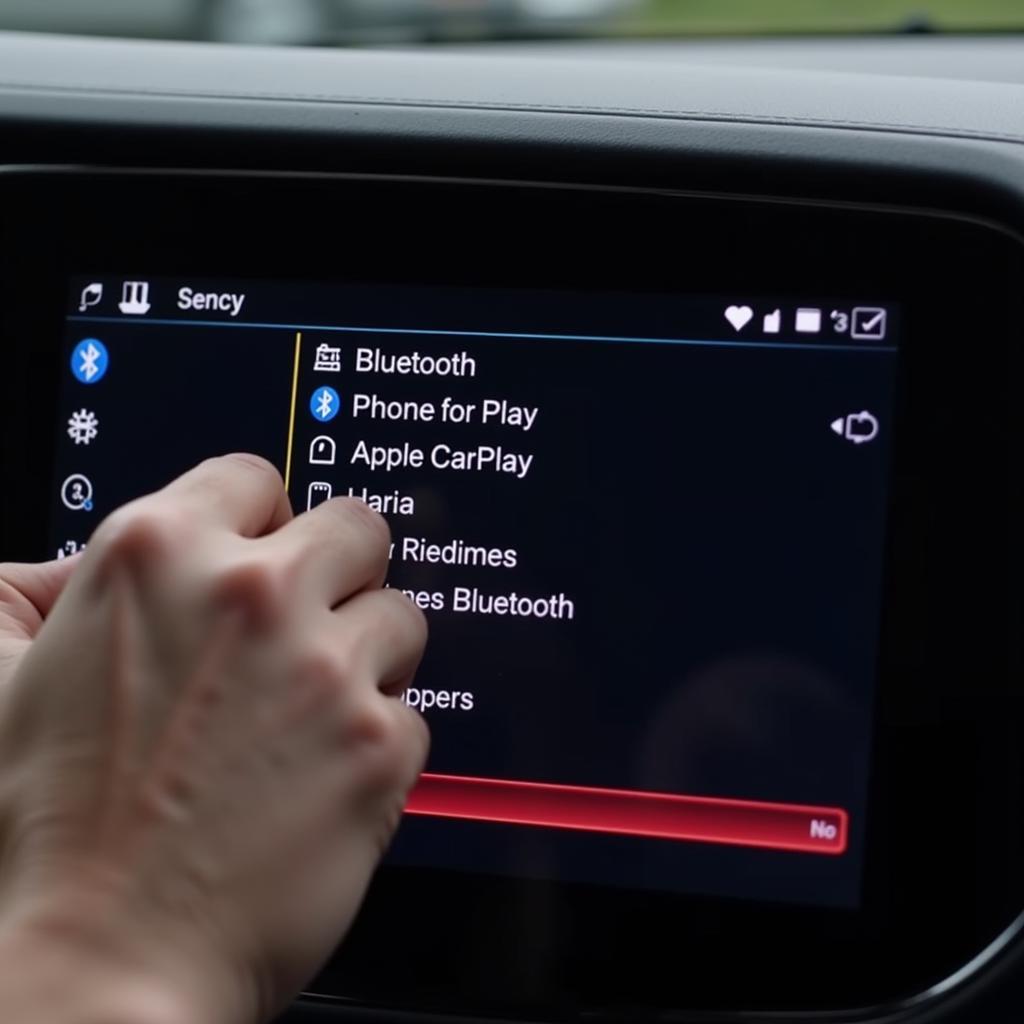Understanding how anti-theft alarms work in bikes is crucial for protecting your valuable investment. This guide delves into the mechanics of these security systems, exploring different types, installation methods, and how they deter theft. We’ll also discuss how to choose the best alarm for your specific needs and provide helpful tips for maximizing their effectiveness.
A common issue with motorcycle batteries is drainage, which can be caused by various factors. Check out 2013 dodge journey battery drain for more information on this topic.
Different Types of Motorcycle Alarms
Motorcycle alarms utilize various technologies to protect your bike. The most common types include:
- Motion-sensing alarms: These alarms trigger when they detect movement or vibration, alerting you and potentially scaring off thieves.
- Pressure-sensing alarms: Designed to detect changes in tire pressure, these alarms are particularly effective against attempts to lift or move the bike.
- Perimeter alarms: These create an invisible boundary around your motorcycle and trigger when that boundary is breached.
- Disc lock alarms: Attached to the brake disc, these alarms emit a loud siren if the bike is moved. They also physically prevent the wheel from rotating.
- GPS trackers with alarm functionality: These advanced systems use GPS to track your bike’s location and can trigger an alarm if it’s moved without authorization.
How These Alarms Deter Theft
Anti-theft alarms act as a strong deterrent to potential thieves in several ways:
- Visual Deterrent: Many alarms feature flashing LEDs or other visual indicators, signaling that the bike is protected.
- Audible Deterrent: The loud siren of an activated alarm draws attention to the theft attempt, making it more difficult for the thief to go unnoticed.
- Immobilization: Some alarms incorporate features that disable the bike’s ignition system, preventing it from being started.
- Tracking and Recovery: GPS trackers integrated into the alarm system can help locate and recover a stolen bike.
Knowing the signs of a bad battery vs alternator is also crucial for maintaining your motorcycle’s health and ensuring your alarm system functions correctly.
Choosing and Installing a Motorcycle Alarm
Selecting the right alarm depends on your individual needs and budget. Factors to consider include the type of bike you own, where you park it, and your desired level of security.
Installation can vary depending on the complexity of the alarm system. Some basic alarms can be installed by the owner, while others require professional installation.
A poor battery connection can lead to various issues in your vehicle, affecting the performance of your anti-theft alarm as well. For more information, see poor battery connection car.
Maintaining Your Motorcycle Alarm
Regular maintenance is essential for ensuring your alarm system remains effective. This includes:
- Checking battery connections: Ensure the alarm’s power source is secure and free from corrosion.
- Testing the alarm regularly: Activate the alarm periodically to ensure it’s functioning correctly.
- Keeping the alarm clean and dry: Protect the alarm components from exposure to the elements.
How Does an Alarm Work if the Bike’s Battery is Disconnected?
Some advanced alarms have a backup battery that will continue to function even if the main battery is disconnected. This prevents thieves from simply disconnecting the battery to disable the alarm.
If you own a Lincoln MKC, understanding potential battery drain issues is important. Check out lincoln mkc battery drain for a deeper dive into this topic.
Conclusion
Understanding how anti-theft alarms work in bikes is the first step in protecting your motorcycle from theft. By carefully considering the different types of alarms available and implementing proper installation and maintenance practices, you can significantly enhance your bike’s security and deter potential thieves. Remember to choose an alarm that suits your specific needs and budget, and always follow the manufacturer’s instructions for installation and operation.
FAQ
- What is the loudest motorcycle alarm? Loudness varies by model, but generally, alarms exceeding 100dB are considered highly effective.
- Can I install a motorcycle alarm myself? Basic alarms can often be self-installed, but more complex systems may require professional installation.
- How long does a motorcycle alarm battery last? Battery life varies depending on usage and the type of alarm, but backup batteries typically last several years.
- Are GPS trackers worth it for motorcycles? GPS trackers offer an additional layer of security and can be invaluable for recovering a stolen bike.
- How do I choose the best motorcycle alarm? Consider your bike type, parking location, budget, and desired features when selecting an alarm.
- Can a motorcycle alarm drain my battery? A properly installed alarm should have minimal impact on battery life.
- What are the different types of motorcycle alarms available? Common types include motion-sensing, pressure-sensing, perimeter alarms, disc lock alarms, and GPS trackers with alarm functionality. Connecting your iPhone to your car radio via Bluetooth can enhance your driving experience. For a detailed guide on how to do this, check out how to bluetooth iphone to car radio.



